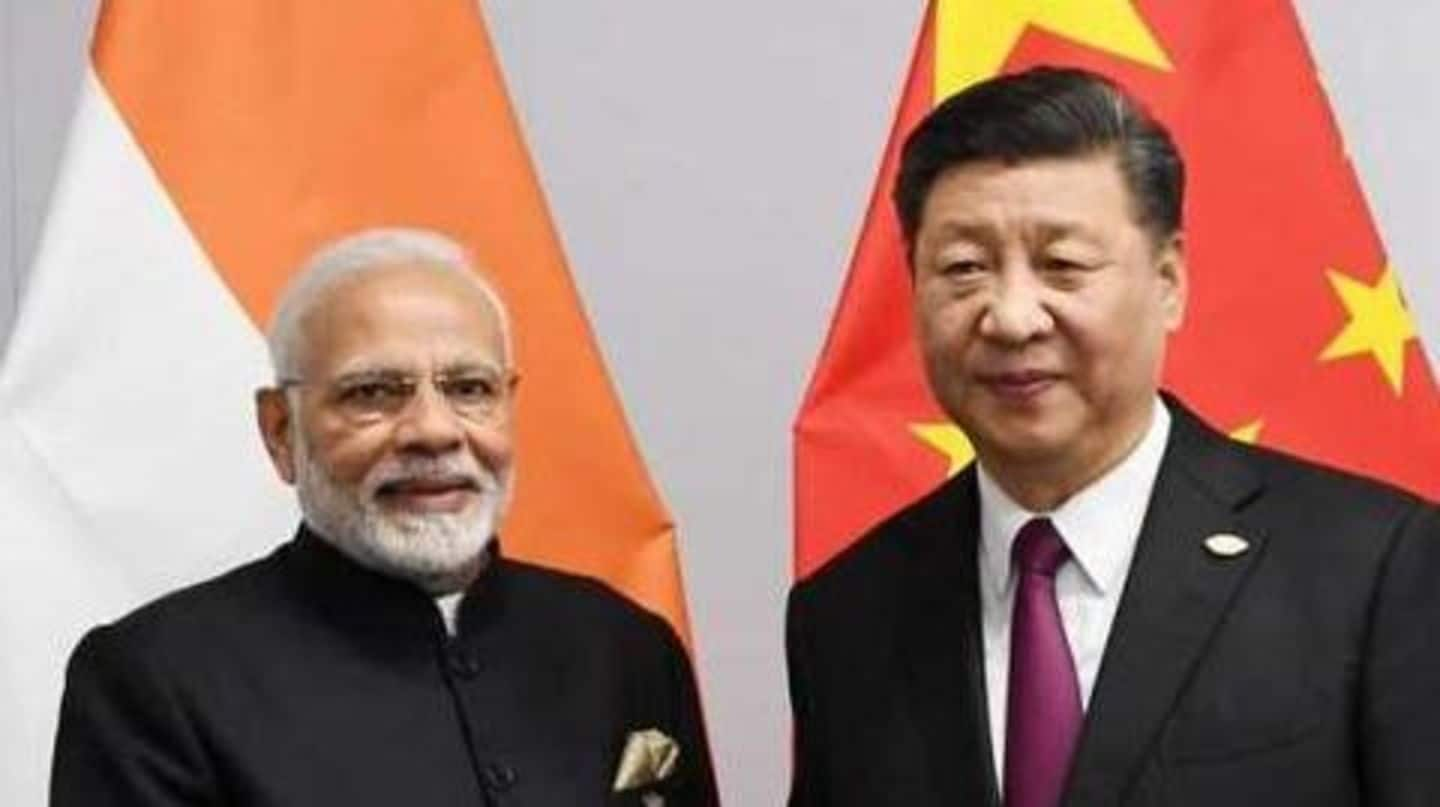
Ladakh standoff: China says 'positive consensus' reached with India
What's the story
China said on Wednesday that it had reached "positive consensus" with India over recent border tensions in Eastern Ladakh.
The India-China border situation had worsened in early-May as the two forces faced-off near the Pangong Tso lake in Ladakh.
China's latest statement comes a day after India said that both sides had undertaken "limited disengagement" in a few areas along the border.
Details
India, China held effective communication: Chinese Foreign Ministry
Speaking at a press briefing, Chinese Foreign Ministry spokesperson Hua Chunying said that both sides have taken steps to ease the situation along the borders.
Hua had been asked about reports of Indian and Chinese troops disengaging and moving back to their previous positions.
She also said that the two nations had held "effective communication" through diplomatic and military channels.
Quote
'Both sides following consensus to ease border situation'
Hua said, "Recently the diplomatic and military channels of China and India held effective communication on the situation along the border and reached positive consensus." She added, "The two sides are following this consensus to take actions to ease the situation along the borders."
Recent developments
Both nations recently withdrew troops from multiple flash points
On Wednesday, it was reported that China had withdrawn troops from several locations; a move reciprocated by India.
Military sources told PTI that the two forces have started "disengagement" around patrolling points 14 and 15 in Galwan Valley and another in the Hot Spring area.
The sources said that Chinese forces have moved back up to 1.5 km in two areas.
Talks
Talks for peaceful resolution continue
The two sides had held Lieutenant General-level talks on June 6 which led to an agreement to "peacefully resolve the situation in the border areas."
India has sought to restore the status quo as in April 2020 (before the early-May standoff) at all areas of conflict.
Another round of military talks was scheduled to be held on Wednesday.
Backstory
What is the reason behind the India-China standoff?
On the intervening night of May 5-6, Indian and Chinese forces engaged in a violent face-off near the Pangong Tso lake.
The trigger point was China's opposition to India's construction of a key road in the Finger area and another infrastructural project in Galwan Valley.
Both sides have since heightened troops at various locations along the unmarked 3,488-km-long Line of Actual Control (LAC).